-
Lohff & Pfeiffer
About Lohff & Pfeiffer
Iimprint
Contact
Newsletter
Location
L&P team
- Instruments
General
Trade options
About clarinet
Search specific instrument
Ab-clarinet
Eb-clarinet
D-clarinet
C-clarinet
Bb-clarinet
A-clarinet
Mozart basset-clarinet A
G-clarinet
Bassethorn F
Alto-clarinet Eb
Bass-clarinet
Contraalto Eb-clarinet
Contrabasse Bb-clarinet
German-Albert system Bb
Reform Boehm A & Bb
Peter Bastian Instruments
Plateau clarinets
Quartertone clarinet
- L&P Optimization
Optimization
Customization
Specialities
Special Keywork
- Accessories
General
Care products
For instruments
Reeds
Tools for reeds
Straps and hand rests
- Repair
Book time
About Repair
Maintenance
Plating-Surface treatment
Pads
Padding style
Cracks
Tone hole problems
Joints
- Tips & Advice
How to..
Videos
Worldwide external information
Problems & help
Education & learning
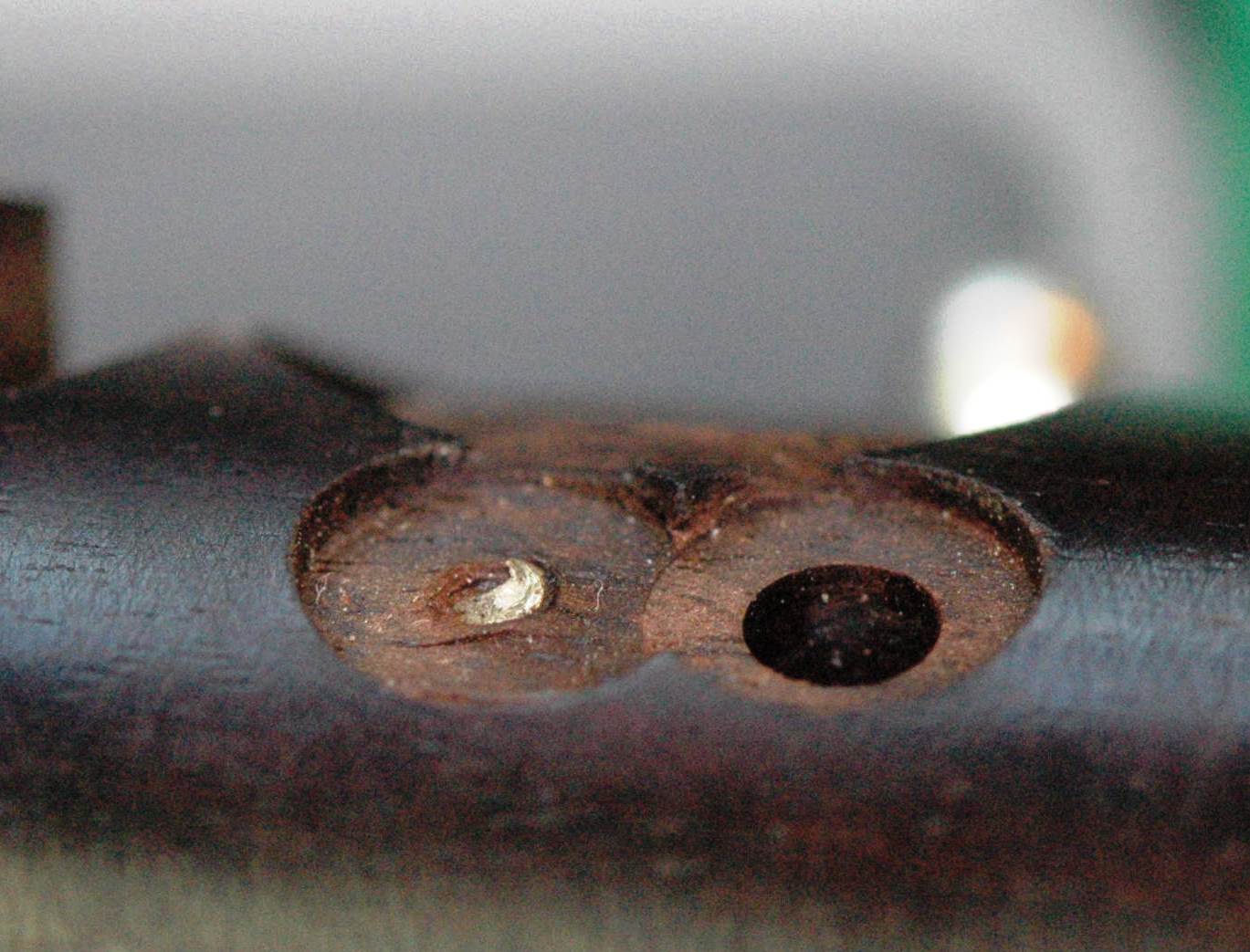
Broken Postscrew.Screw problems
Different types of screws allow the mechanics to be mounted on woodwind instruments. An overview of the different categories can be found here Schraub Information
. Numerous problems with screws can affect the quality and playability of the instrument.
Loose screws
This problem can occur with 3 screw types:
1. Adjustment Screws
If adjustment screws are out of alignment, the correspondence between the keys is no longer correct. To prevent this, you can put some nail polish on the screw head or lock the screw with a weak screw locking adhesive. Under no circumstances should you use a strong screw locking adhesive since it will then be impossible to adjust.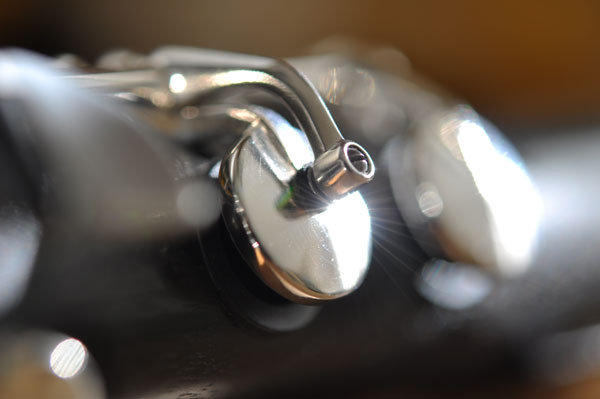
Adjusting screw
Another possibility is to screw the screw into the thread with a thread or Teflon tape.
2. Point screws
If pointed screws loosen, it is because wooden instruments react to the decrease of moisture and with plastic instruments that it is too cold. Because wood contracts at low humidity and plastic at low temperature.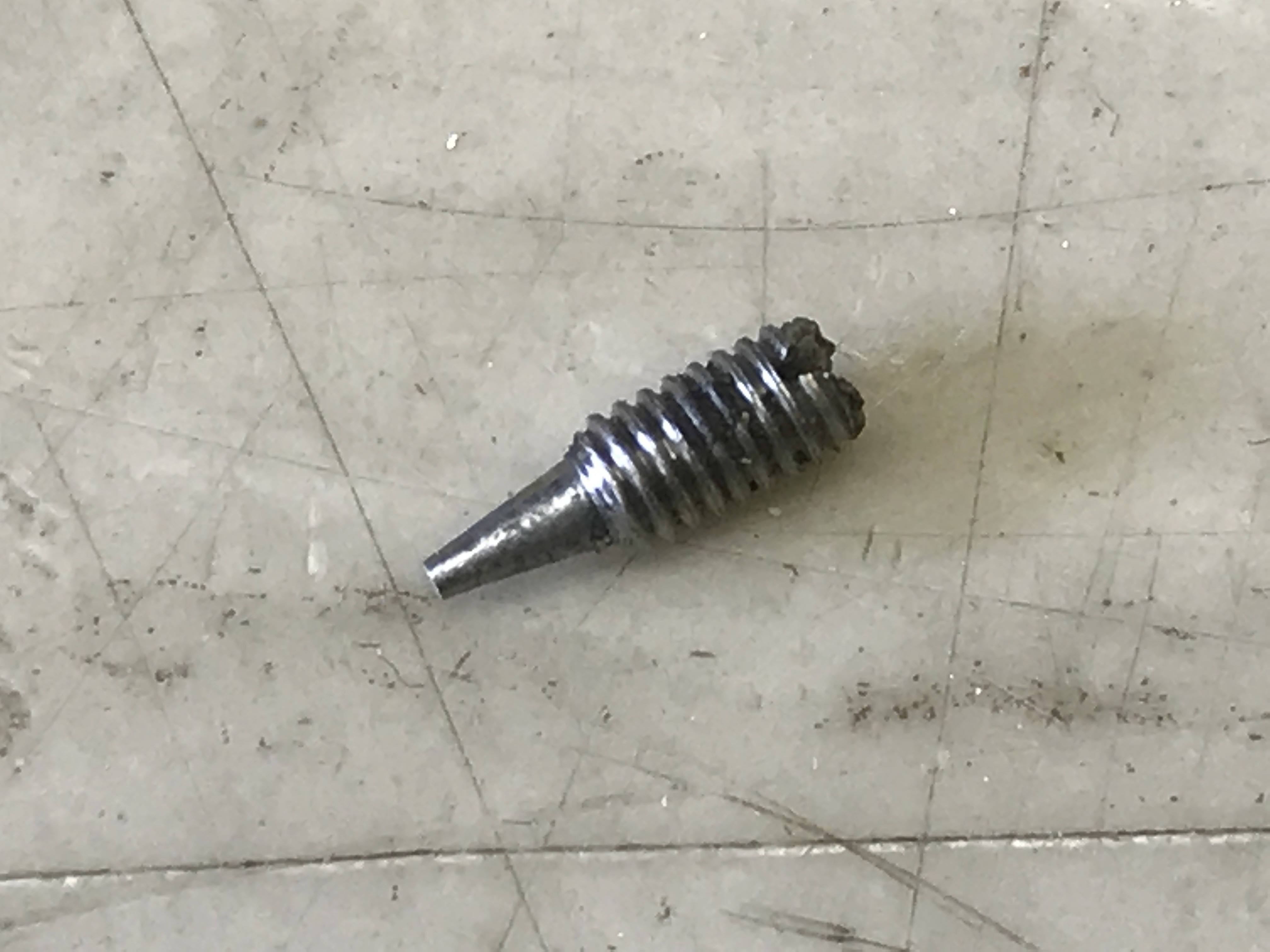
Headless pivotscrew
First, you can try to restore the status quo and increase the temperature or humidity. If you have flown, the low humidity in the aircraft can also be the cause. Using a Dampit or a damp cloth is usually sufficient.
Otherwise, you usually only must loosen one of the two base / pointed screws slightly. If this is not sufficient, the flap must be carefully shortened with sandpaper or with a fine file.
The disadvantage of both methods is that plastic instruments will expand again at higher temperatures and wooden instruments at higher humidity. The mechanics will then rattle. If the screws have been loosened, you can tighten them again. Extending shortened keys requires a specialist. If you travel a lot or in areas with changing climates, the best solution is the LP ball bearing system
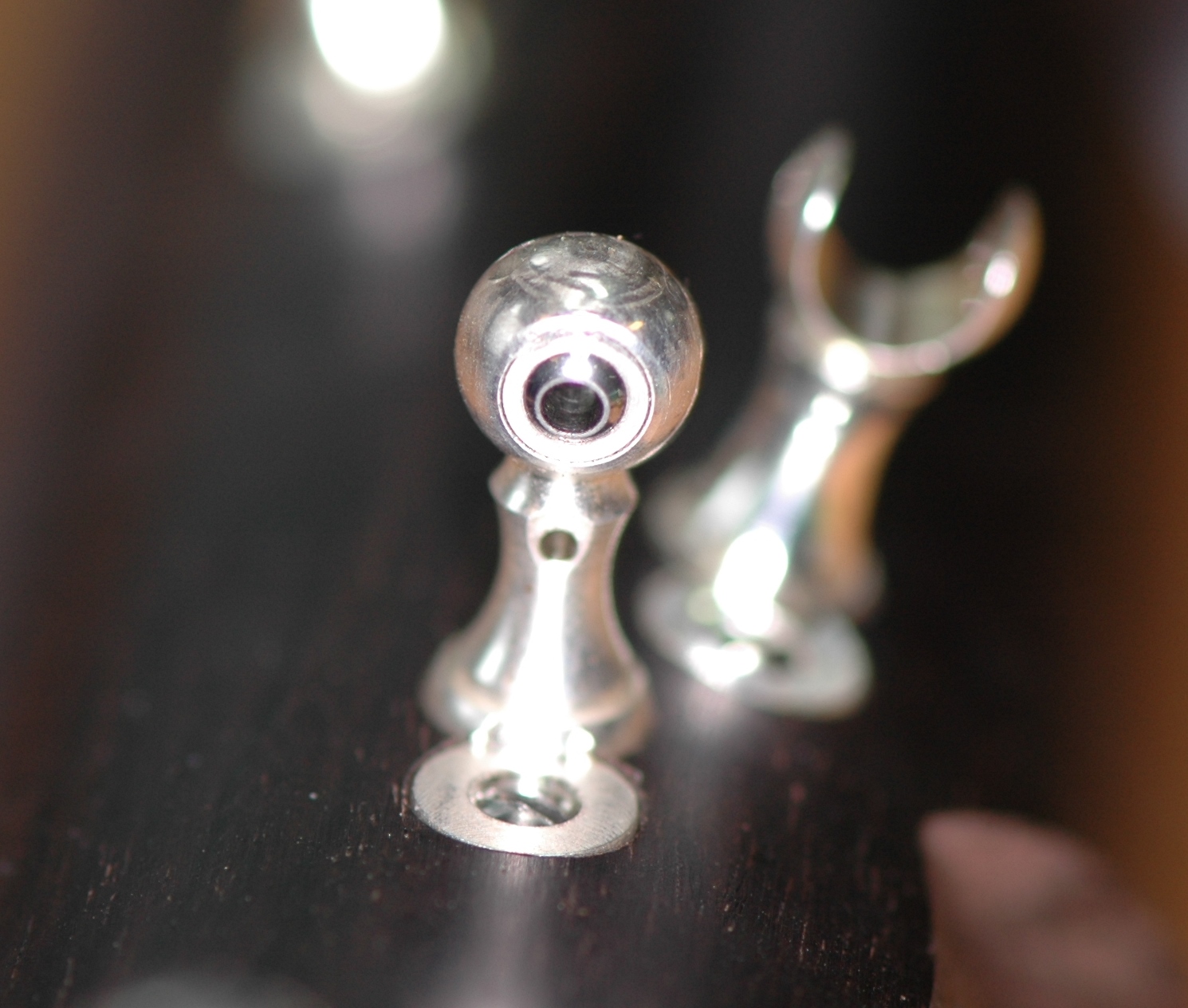
Post with ball bearing
3. Hand rest screws
If the screws of the hand rest loosen repeatedly, they can be glued in with 2 components of epoxy resin.
Screws are too tight
It is very important to always use a suitable screwdriver . It should fit exactly in the slot. Even when instrument screws look small, power transmission is best when the screwdriver slot fits to the very end of the screw slot on both sides.
Often, screws cannot be reached directly from the front. Long screwdriver shafts help real miracles here.
If a screw is rusted or glued, you can carefully heat the corresponding screw housing with a lighter or soldering iron. In some cases, you can put the flap in rust remover or cola overnight. The phosphoric acid may loosen the screw.
If none of this helps, you should consult a specialist who can drill out and replace the screw.
Broken Screws
Screws break on the head every now and then. This makes solving them problematic. To prevent this, you should pay attention to 2 things:
1. Do not over tighten the screws. When the screws are tightened, the thread is pulled into the thread by the rotary movement. When the screw with the screw head is at the stop and is turned further, the head tears off.
2. Nickel silver screws and brass screws are much more brittle and fragile than steel screws. They are preferably used as hand support screws and must hold them firmly on the body. If the handrest is released, you can easily overload the wood screws so that the head breaks off. Great care must therefore always be taken when these screws are tightened.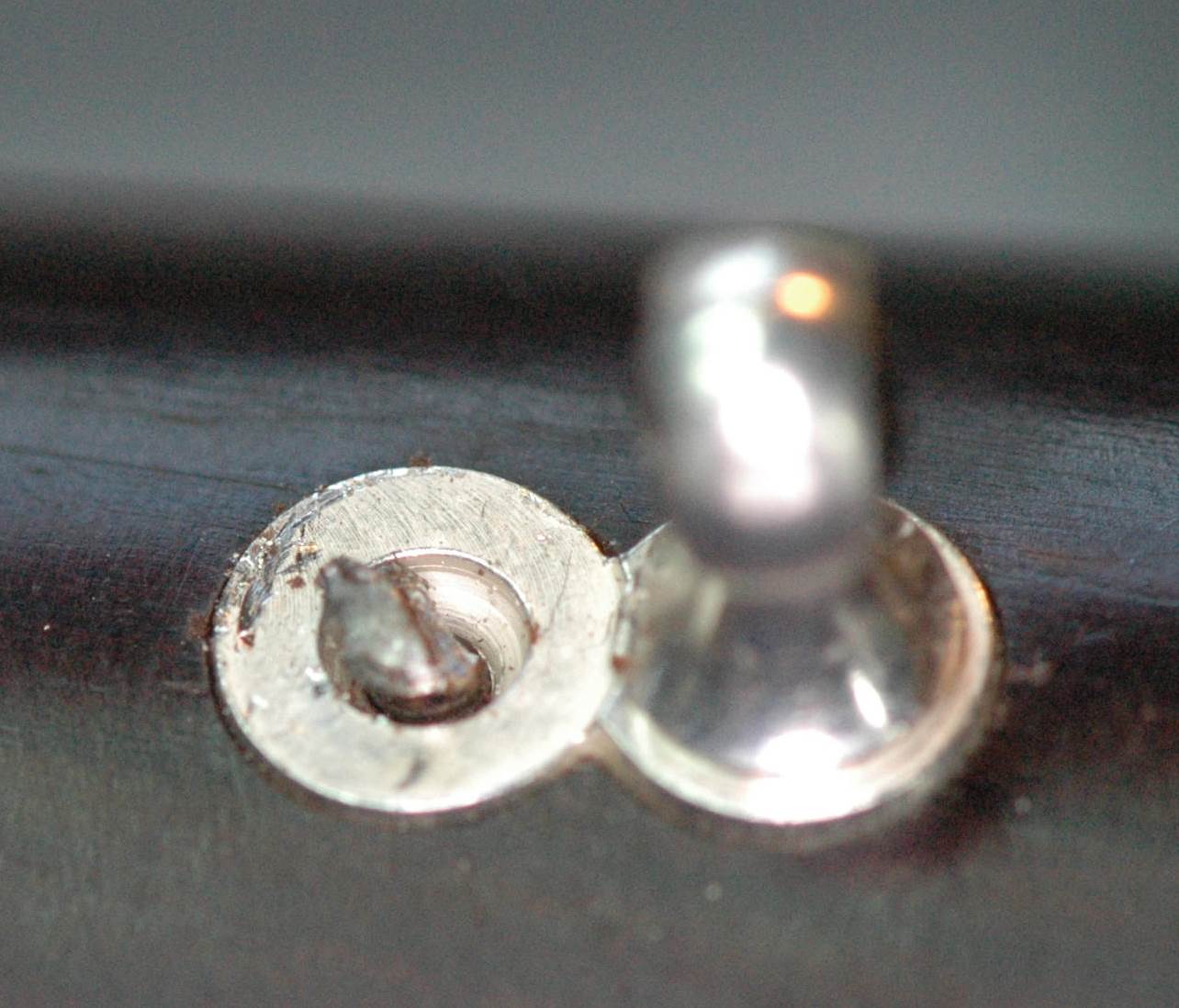
Broken head
3. It is very important to always use a suitable screwdriver . It should fit exactly in the slot. Even when instrument screws look small, power transmission is best when the screwdriver slot fits to the very end of the screw slot on both sides.
Often, screws cannot be reached directly from the front. Long screwdriver shafts help real miracles here.
If none of this helps, you should consult a specialist who can drill out and replace the screw.
Bent Screws
If the tip of a screw is no longer straight, it is no longer in the center. Depending on the position of the screw, the flap is then more or less lifted out of the center, which means that the positioning of the flap changes. In the case of keys with upholstery, this means that the upholstery no longer closes the tone hole properly. The regulation is no longer correct for combination keys. Bent screws must be replaced.
There are 2 types of screws where this can happen:
1. Pointed screws taper sharply towards the tip and allow the flap to be removed without unscrewing the screw completely. If the screw is not unscrewed sufficiently , the tip will be bent quickly.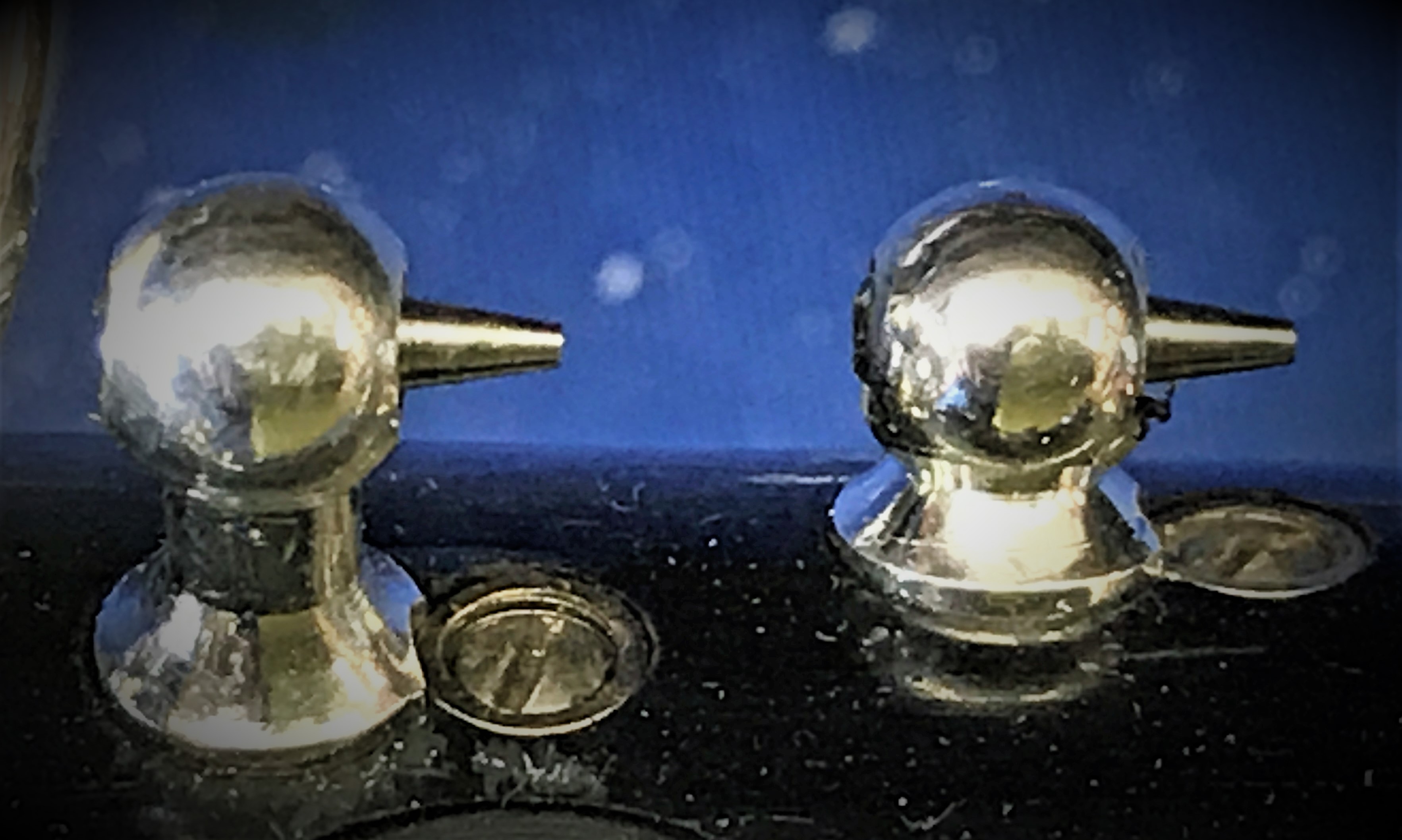
Pivot screw
2. Axle screws have a cylindrical tip. These work like the pointed screws, but require to be unscrewed almost completely , since they only release the flap when its cylindrical end has been completely unscrewed from the flap, otherwise the end would be bent.
Cylindrical pivot screw
If none of this helps, you should consult a specialist who can drill out and replace the screw.
Help us to get better
Was this article helpful?
Comments, additions or questions are always welcome at: info@clarinet.dk(C) 2014 - by Lohff & Pfeiffer - Brøndbyvej 211 - 2625 Vallensbæk + 45 3535 8643 - SE DK 1895 7485 info@clarinet.dk - Instruments






